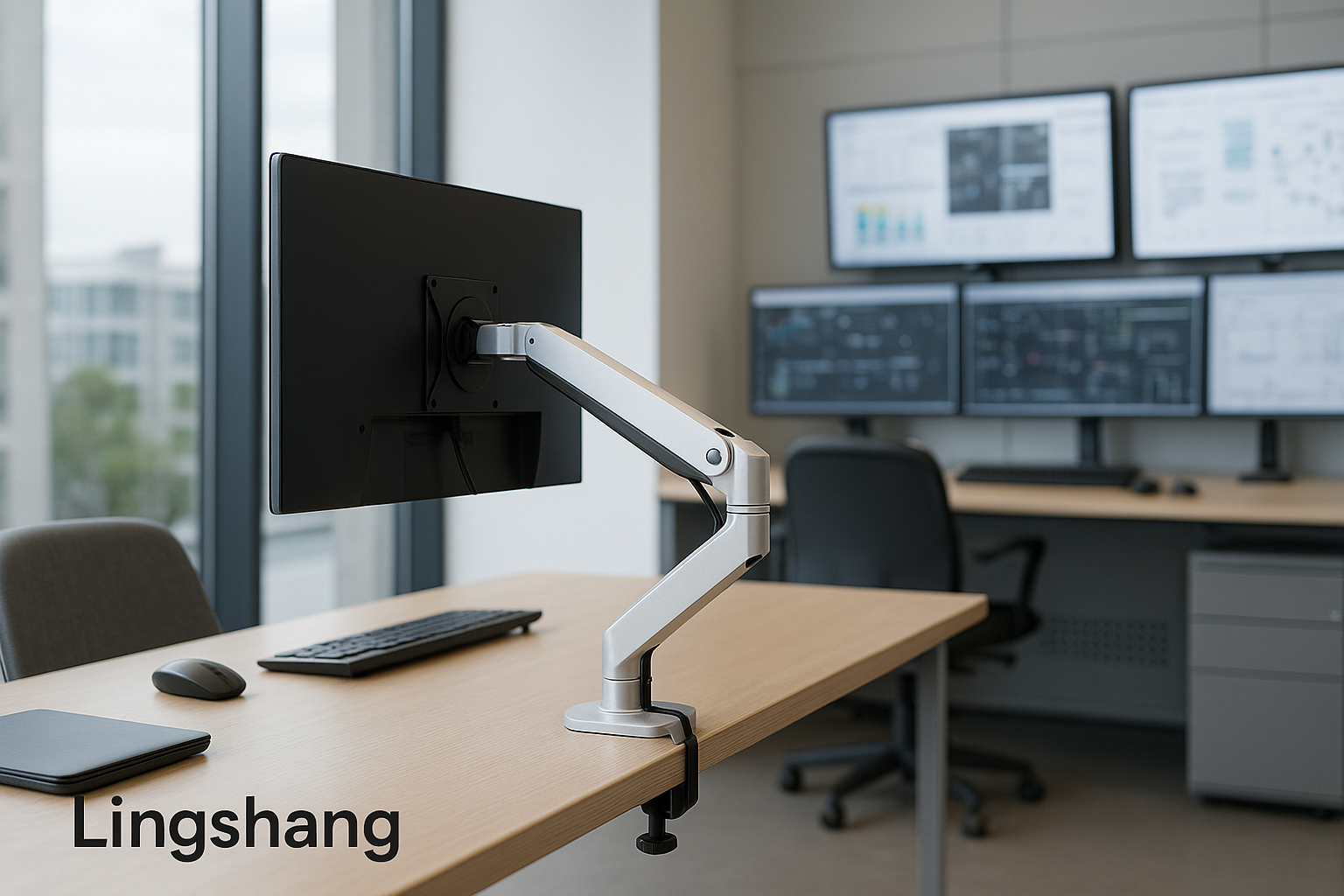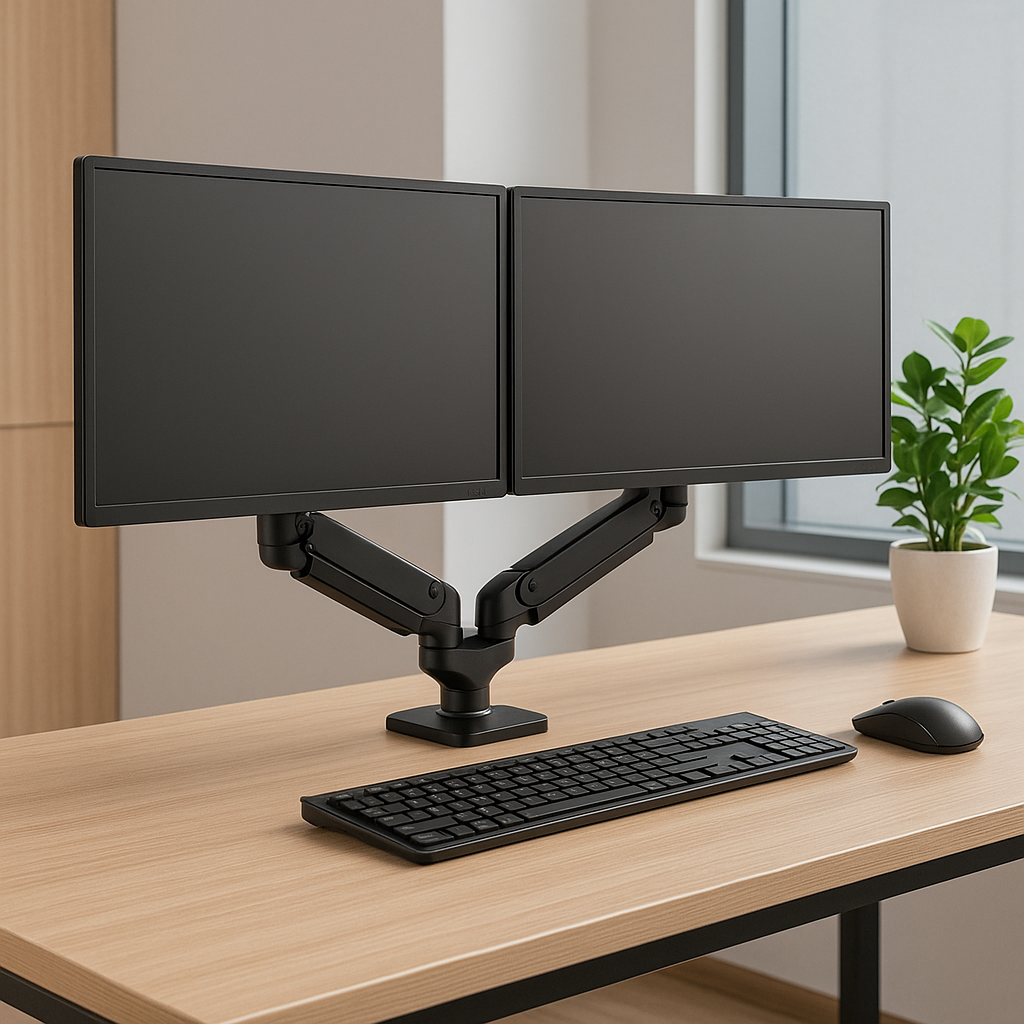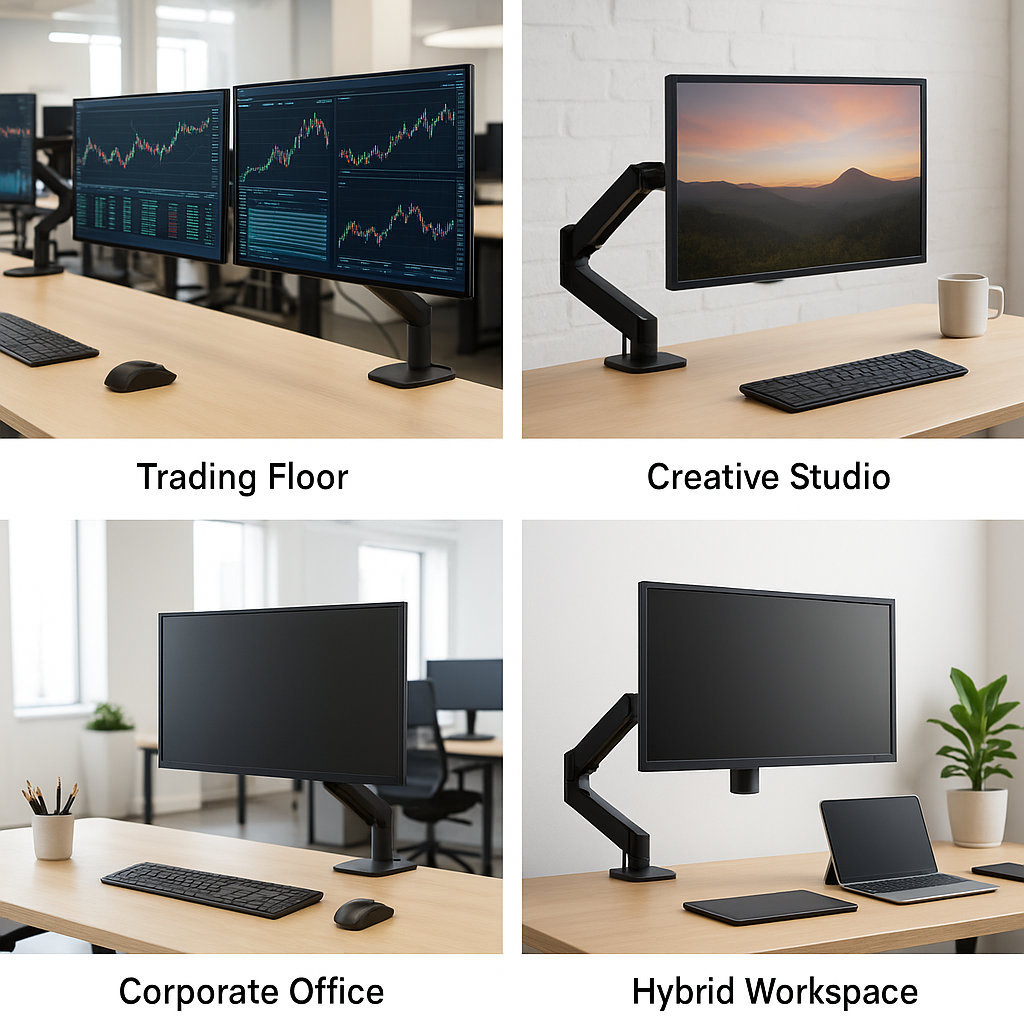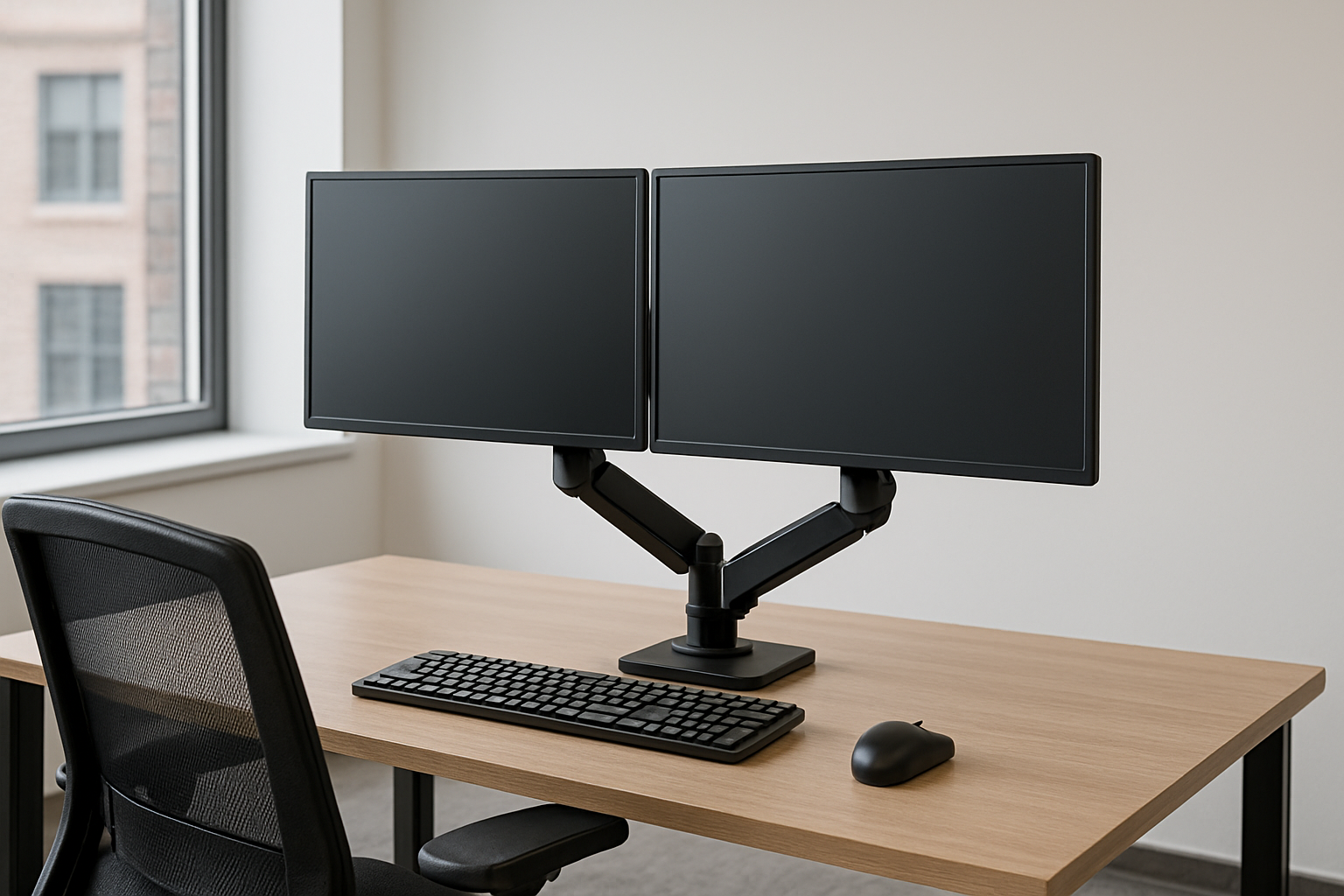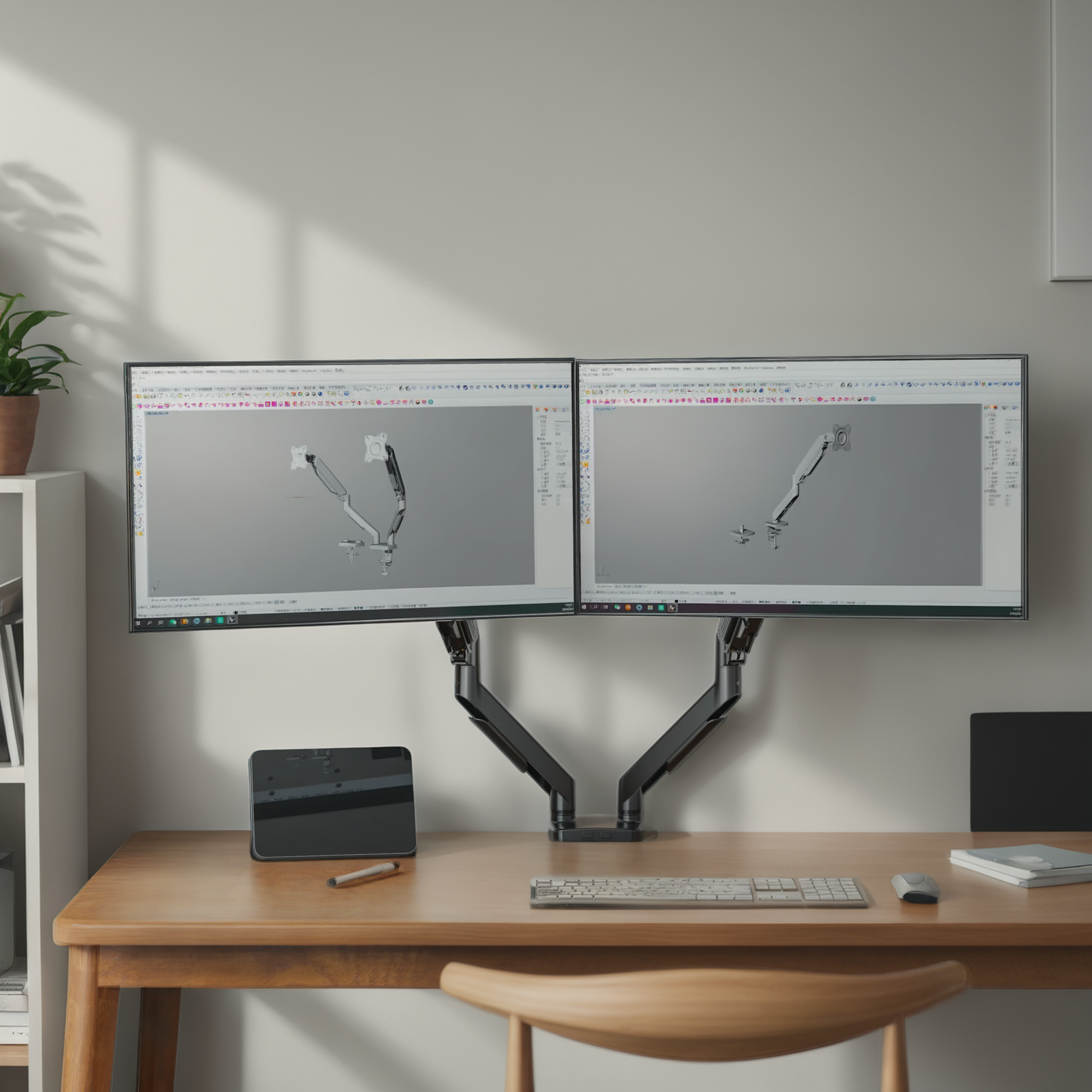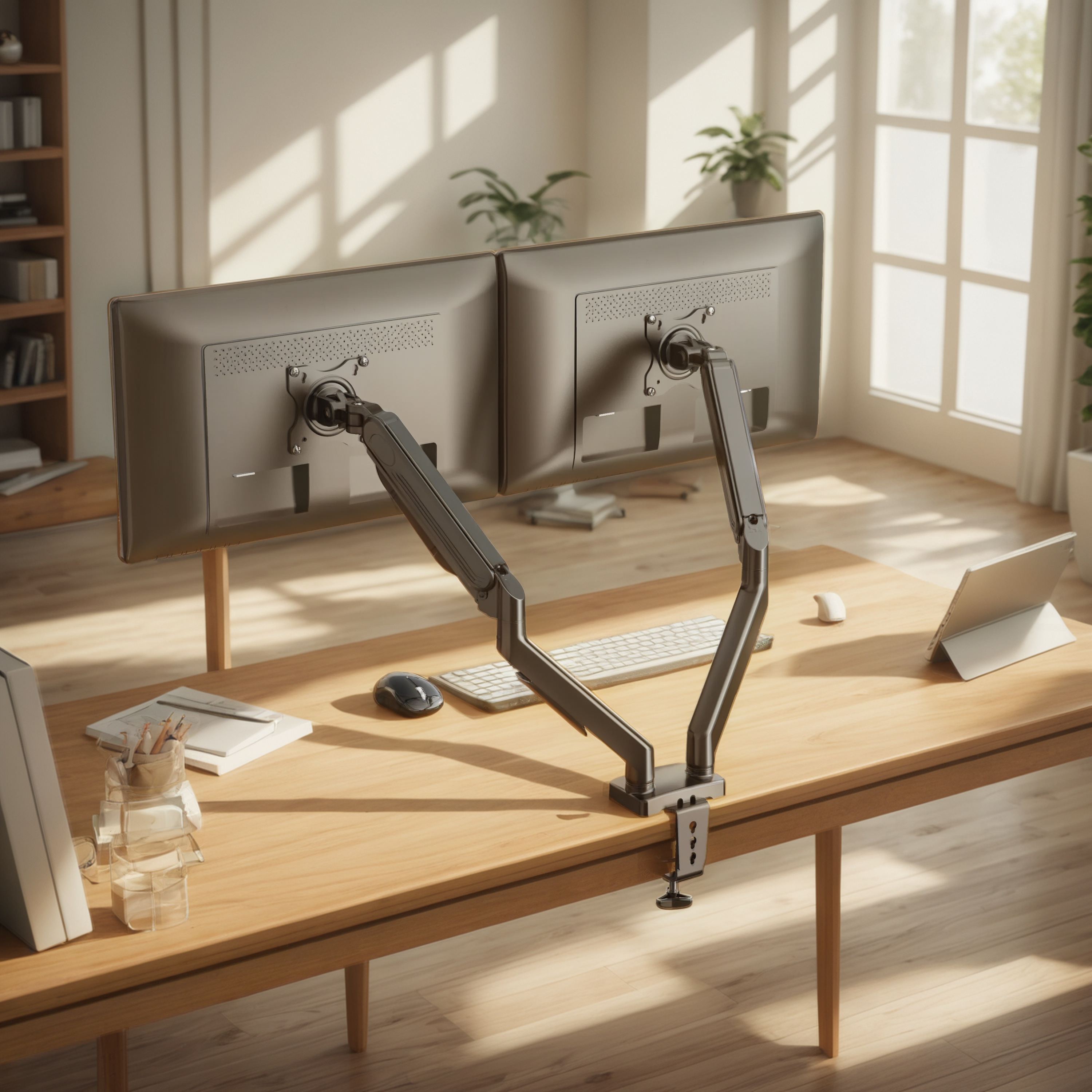
Stop Slouching: The Real Impact of Poor Monitor Placement
Neck pain, shoulder tension, and eye fatigueare daily realities for many office workers and gamers. The culprit? Often, it’s poor monitor placement. When screens are too low, too far, or poorly aligned, the result is a forward head posture and rounded shoulders—a fast track to chronic discomfort and reduced productivity.
Why Poor Posture Becomes a Costly Habit
Long hours of leaning toward your screen may seem harmless at first. But over time, this habit can lead to musculoskeletal disorders (MSDs). According to the Occupational Safety and Health Administration (OSHA), over one-third of all workplace injuries are linked to musculoskeletal issues, many caused by poor workstation ergonomics.
Not only does this affect your physical health, but poor posture has been shown to negatively impact cognitive function and mood. A study published inHealth Psychologyjournal found that individuals who sit in a slumped position are more likely to experience feelings of helplessness and lower productivity.
What Users Are Struggling With
Most users simply adjust themselves to their environment instead of the other way around. This often means:
-
Sitting with a bent neck to look down at a screen
-
Twisting to view dual monitors without proper alignment
-
Leaning forward to compensate for fixed monitor positions
These patterns are common among professionals working in finance, design, IT, or gaming—any field that requires prolonged screen use.
What an Ergonomic Monitor Arm Actually Solves
An adjustable monitor arm allows users to:
-
Raise or lower screen heightto match eye level
-
Tilt and rotate the displayto reduce glare and neck movement
-
Pull the screen closer or push it back, depending on the task
-
Shift easily between sitting and standing postures
These small changes can lead to significant reductions in muscle fatigue and eye strain. The lingshang monitor arms are designed with sturdy materials and smooth adjustability, making them suitable for single and dual-screen setups.
Industry Insights and Authority Backing
The American Physical Therapy Association (APTA) emphasizes that screen height should be at or just below eye level to prevent strain on the cervical spine. Similarly, ergonomic research from Cornell University’s Ergonomics Web confirms that flexible monitor mounts greatly reduce the risk of repetitive stress injuries when compared to fixed monitor positions.
Tailored Advice for Different Work Styles
-
Remote workers: Combine with a sit-stand desk for mobility and comfort.
-
Designers and developers: Use dual-monitor arms to toggle between tasks without head twisting.
-
Gamers: Angle monitors precisely for immersive, pain-free play.
Each group benefits from the ability to create a personalized workspace, which is proven to improve focus and physical well-being.
Summing It Up with a Clear Path Forward
You don’t need a complete office makeover to fix your posture. Investing in a quality monitor arm can be the first step toward a healthier daily routine. lingshang offers a range of ergonomic solutions that are durable, adjustable, and easy to install—designed to support your body as much as your work.
To explore our latest monitor arm models and ergonomic workspace products, visit ourhomepage.
Need help choosing the right setup? Contact our team through ourcontact page.

